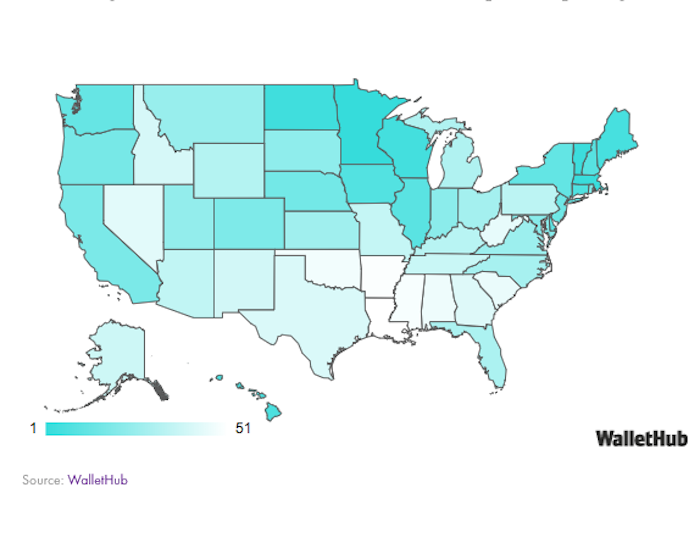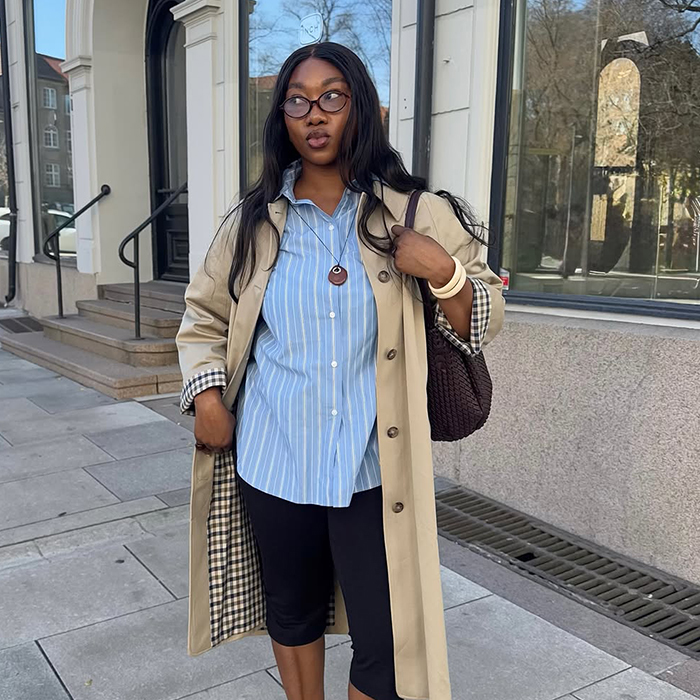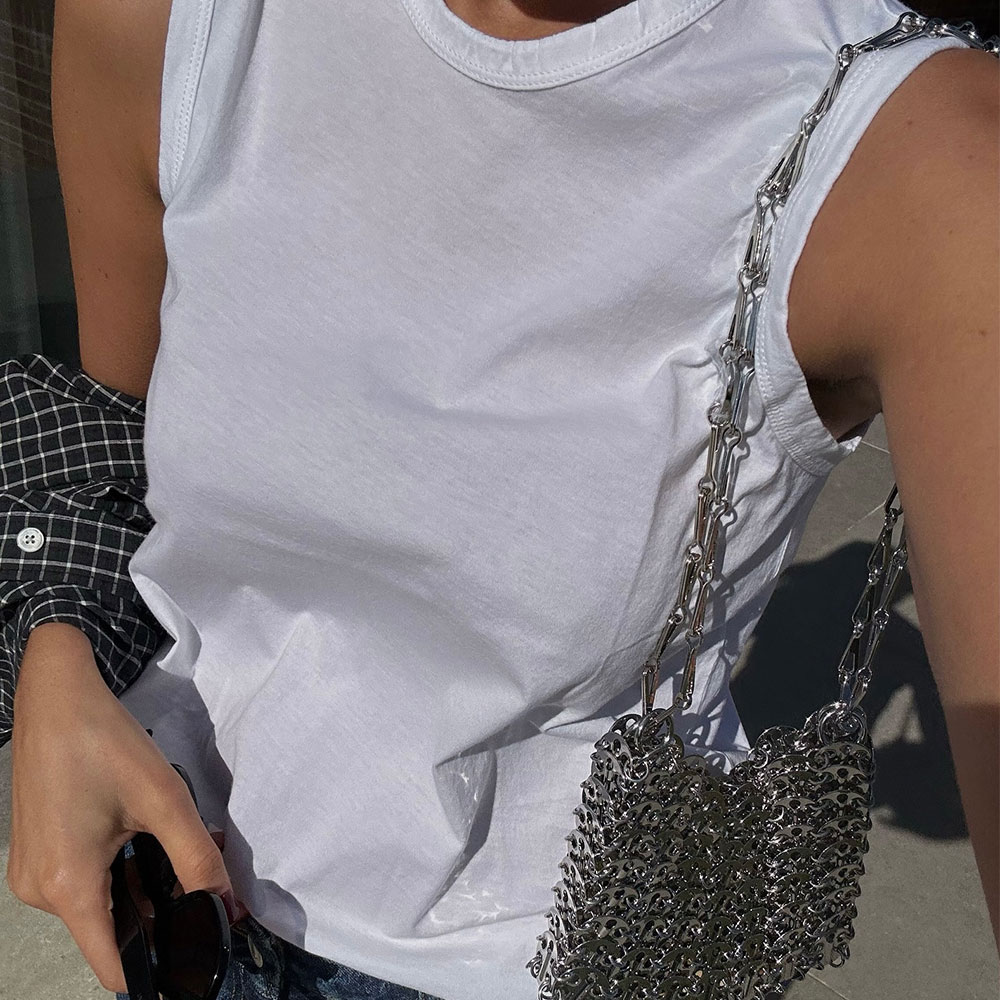These Are the Best (and Worst) States When It Comes to Preventative Health


It's true: Some states provide better access to healthcare, social programs, and economic initiatives than others. Often, this results in a higher quality of life (depending, of course, on who you ask and how you define the term in the first place). Nonetheless, there are certain measurable indicators that can determine which state outranks the others when it comes to the support of certain demographics. One of these main indicators is preventative healthcare. That's according to one study at least.
WalletHub, the personal finance website, set out to discover which state outranks all the others in regard to providing the best opportunities and environments for women. They ranked each state, along with the District of Columbia, on a scale from one to 51, with one being the best and 51 being the worst. We found the results to be quite surprising.

Minnesota took the top spot. It ranked first for "women's economic and social well-being," and third for "women's health and safety." An important metric in determining this result was preventative healthcare, including gynecological and cancer screenings. Public health education, life expectancy, and other key indicators of health were also considered.
The state that came in as the worst state for women, according to this study, was Louisiana. This state was ranked last in women's economic and social well-being and 47th in women's health and safety. This could be due to the Louisiana's grim male-to-female representation statistics. According to the Institute for Women's Policy Research, in 2015, the proportion of statewide elected executive offices held by women was 0%. If women aren't receiving representation in political office, it's entirely possible that it could result in meager opportunities across both social and economic spheres.
Contrastingly, the proportion of statewide elected executive offices held by women in 2015 in Minnesota was 75%. That's a stark contrast. While high executive offices are still mainly held by men, this study indicates that representation is a key step in minimizing the gap in gender inequality in the U.S. Head to WalletHub to see where your state ranked in comparison to the other 49.
Disclaimer
This article is provided for informational purposes only and is not intended to be used in the place of advice of your physician or other medical professionals. You should always consult with your doctor or healthcare provider first with any health-related questions.

Kaitlyn McLintock is a Beauty Editor at Who What Wear. She has 10 years of experience in the editorial industry, having previously written for other industry-leading publications, like Byrdie, InStyle, The Zoe Report, Bustle, and others. She covers all things beauty and wellness-related, but she has a special passion for creating skincare content (whether that's writing about an innovative in-office treatment, researching the benefits of a certain ingredient, or testing the latest and greatest at-home skin device). Having lived in Los Angeles, California, and Austin, Texas, she has since relocated back to her home state, Michigan. When she's not writing, researching, or testing beauty products, she's working through an ever-growing book collection or swimming in the Great Lakes.

